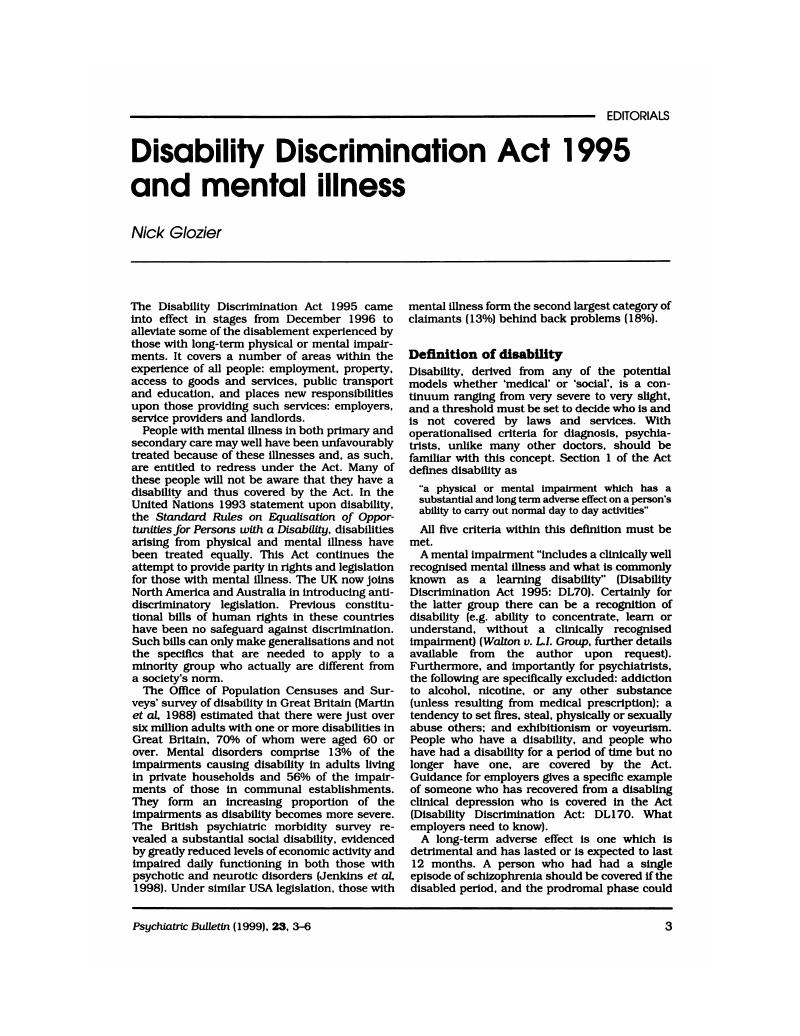Crossref Citations
This article has been cited by the following publications. This list is generated based on data provided by Crossref.
Farooq, Kitty
Lydall, Gregory J.
and
Bhugra, Dinesh
2013.
Research into recruitment: Critical gaps in the literature.
International Review of Psychiatry,
Vol. 25,
Issue. 4,
p.
366.




eLetters
No eLetters have been published for this article.